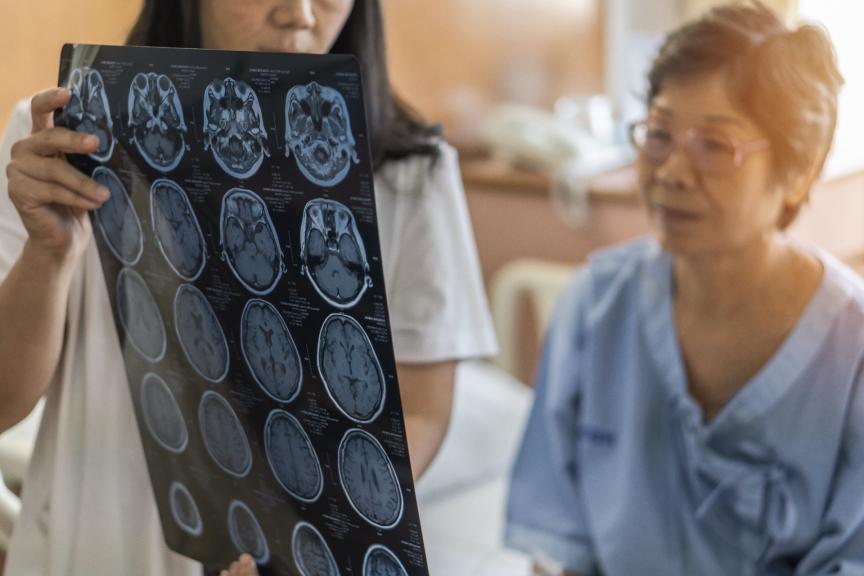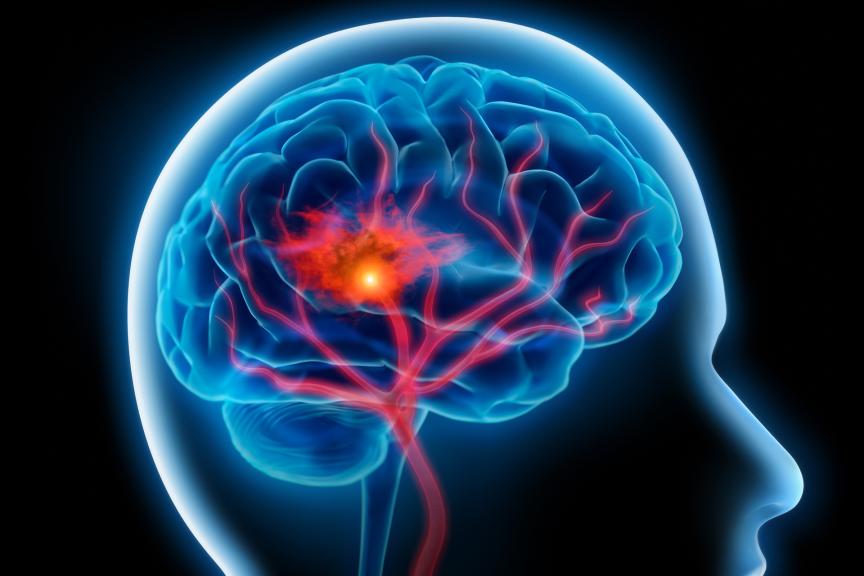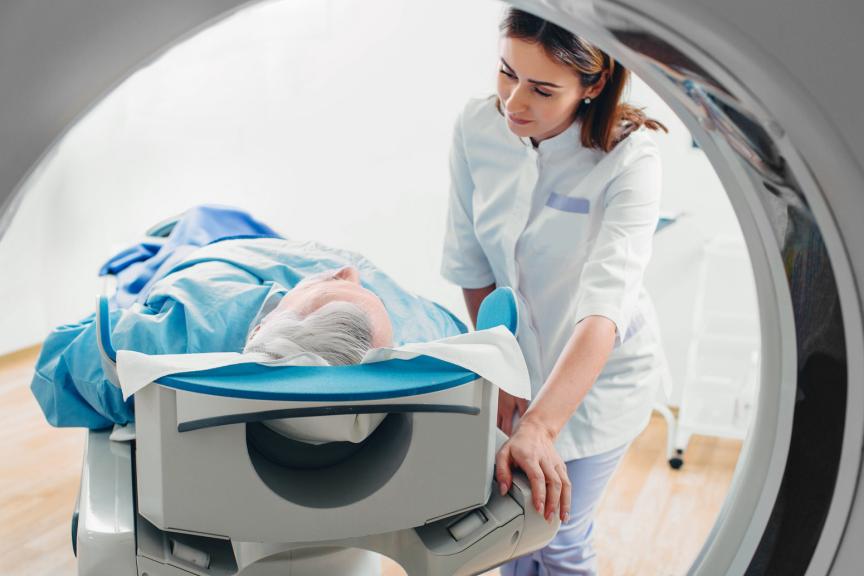What is a Stroke?
A stroke occurs when the blood supply to the brain is fully or partially blocked. Strokes are caused by either a blockage of a brain artery (ischemic stroke) or by a sudden rupture that causes bleeding in the brain (hemorrhagic stroke). About 85 percent of strokes are ischemic and only 15 % are hemorrhagic.
1 in 4 people have a stroke in their lifetime. 60 % of strokes happen to people under the age of 70. While the risk of having stroke increases with age, 16 % happen to people under the age of 50.
In some cases, a transient ischemic attack (TIA) precedes a stroke. A transient ischemic attack (TIA) is often labeled as a “mini-stroke.” It causes the same neurological damage as a stroke, e.g. blurred vision, slurred speech and signs of paralysis. However, most symptoms of a TIA disappear within an hour, whereas the neurological deficits caused by a stroke persist longer than 24 hours. Nonetheless, a TIA should be taken very seriously. It indicates that there is something wrong with the blood supply to the brain and may be a warning sign for an impending stroke. It is, therefore, necessary to undergo a thorough medical checkup if you or someone you know experiences any of the above-mentioned symptoms. In about 30-40 percent of all strokes, a distinct cause cannot be discovered via the usual diagnostic methods. Such cases are classified as cryptogenic strokes.






